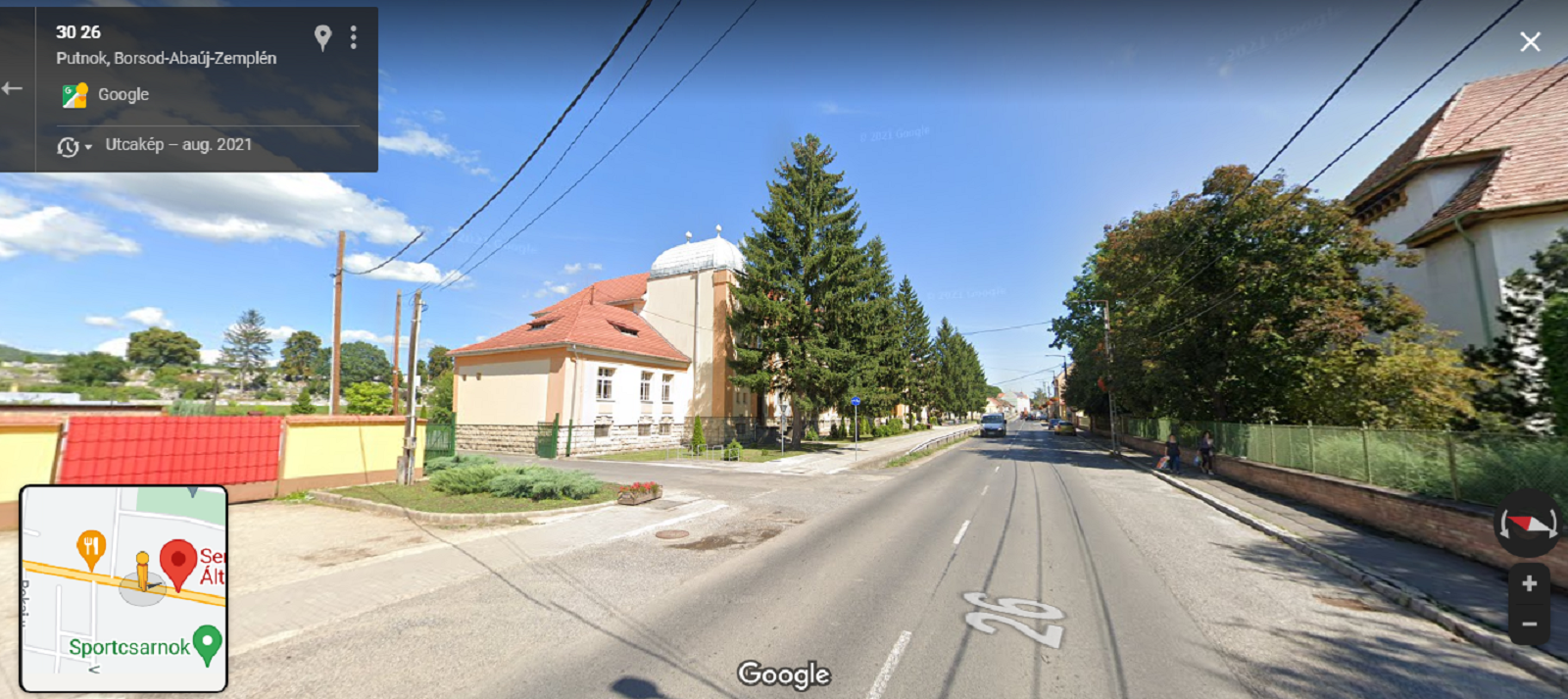The https://english.atlatszo.hu use cookies to track and profile customers such as action tags and pixel tracking on our website to assist our marketing. On our website we use technical, analytical, marketing and preference cookies. These are necessary for our site to work properly and to give us inforamation about how our site is used. See Cookies Policy
This is how chain voting looks like: voters cast their ballots through the window of a car parked near voting station in Putnok
In the video captured by Átlátszó, the perpetrators committed the fraud in broad daylight near a voting station on a main road. Several voters were involved in the fraud. They gave the ballot paper to a man in a car, and presumably took the reward from the other man at the fence. Chain voting is a way of checking people’s votes, as voters take the blank ballot paper out of the polling station, fill it in and pass it on to the next person in the chain.
Putnok, a town of 6,400 inhabitants, is 40 kilometres from Miskolc and 20 kilometres from Ózd in northern Hungary. We travelled to the town on the afternoon of the parliamentary elections on 3 April. We are not aware that chain voting has ever been videotaped in Hungary before. The fraud was committed near the voting station, on the main road.

The case was recorded at the Serényi László Primary School (28 Bajcsy-Zsilinszky Endre Street), which is voting district 3 and 4 of the Borsod 3 constituency. The fraudsters were parked about 100 metres from the entrance, and the videos were taken at the corner of the school. The fraudsters parked their blue Opel car almost opposite the voting station.
Chain voting is one of the most common forms of election fraud in Hungary. Chain voting means that the first member of the group organising the fraud, i.e. the first member of the chain, takes the blank ballot paper out of the voting station, – which is prohibited by electoral law -, and places an empty envelope in the ballot box. The completed ballot paper is passed on to the next member of the chain to throw it in the ballot box, who also takes his/her ballot paper out, and so on. The purpose of chain voting is to check how people vote.
Ballot papers delivered through the car window
In the first part of the video, you can see how chain voting works in practice: the ballot paper is given to the man in the car and the reward is taken from the other man standing by the fence. In the video, we have edited together several shots taken one after the other, the fraudsters didn’t notice that we were filming.
In the first case shown in the video, three voters came together from the school building, walked across the road and one of them handed a white card through the window to the man in the car. The voters then walked over to the man in the white hat standing by the fence, where the reward was presumably given. In the second case, a couple walked across the road and cast their ballot through the car window, then shook hands with the man standing by the fence.
Extensive criminal organisation may be behind the fraud
The second half of the video refers to the extent and hierarchical nature of the organisation. Two Audis and a white Škoda also appear, and not far away, a third man in a Volkswagen SUV watched over to make sure things were going smoothly.
At a press conference for the Clean Election campaign, it was announced that
“vote-buying is punishable by three years in prison. That’s true for those who buy votes, but it’s also true for those who sell votes.”
In the constituency where we filmed this, Gábor Riz (Fidesz) received 48% of the votes in 2018, and in this year’s election he won again with almost 60% (with 99% of the votes processed). According to election.hu, Gábor Riz won in all eight voting stations in Putnok.
The original, more detailed Hungarian version of this article can be found here.
Hungary. What do you know about Hungary? from atlatszo.hu on Vimeo.


